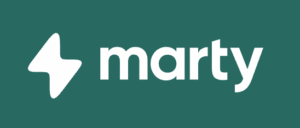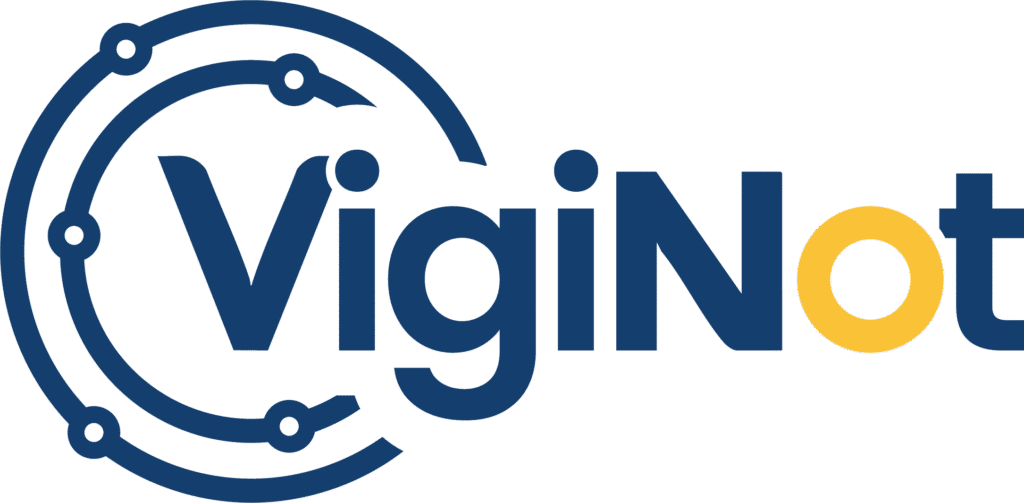The digital heritage: its content and its challenges
There are more than 50 million of us internet users in France, millions of us checking our emails, our online bank accounts, sharing our photos and videos, commenting on a friend's post on Facebook and even better: investing in cryptocurrency.
Our screens are everywhere, they transform and upset our lifestyles: it is the digital age.
Our digital data is our digital heritage: "what we live with today, and what we will pass on to future generations.
UNESCO has deepened this notion of heritage, by adopting on October 17, 2003, the Charter for the preservation of digital heritage.
Every day, we use digital resources to create and share with others. This sharing of information is important because we value it.
What does this digital heritage really constitute? What is its content? What is at stake?
Here are our answers.
What do our digital assets contain?
A digital heritage is by definition : a profusion of our electronic datathat we tend to leave on various data carriers and on the Internet.
For the most part, this data is protected by passwords to ensure confidentiality.
Our digital data is our personal data, that is " any information relating to a natural person likely to be identified, directly (name and surname) or indirectly (social security number, postal or e-mail address, voice or image) ".
This information can be categorized in different ways.
➡ Online profiles in media and social networks
- Facebook,
- Twitter,
- Instagram,
- LinkedIn,
- WhatsApp,
- Google,
- Snapchat,
- Skype,
- YouTube,
- dating sites
-…
Our personal data are related to our access data, personal information about our profile (name/first name, date of birth, gender), our news and downloaded media.
➡ Email accounts
- Gmail,
- Hotmail,
- Outlook,
- and other accounts Orange, SFR, La Poste,
– …
A lot of elements are communicated there, such as our access codes, our addresses, our telephone number, our information related to EDF bills, cell phone bills, box bills, our pay slips, our social benefits, our contacts and our email exchanges.
➡ Online accounts
- Online banks,
- The neo-banks,
- PayPal, Google Pay, Apple Pay payment services,
- Amazon, Esty, eBay online stores,
- Bitcoin and NFT cryptocurrency wallets,
- online betting and casino accounts,
- Google, Apple, Amazon accounts,
– …
The information we provide is our access codes, assets, contracts, email history, transaction list, direct debits and cancellation provisions.
➡ Online services
- Cloud services,
- WordPress work platforms,
- Hosting companies and domain names,
- social media tools,
- Netflix and Deezer streaming services,
- financial software,
- crowdfunding platforms,
- YouTube channels,
– …
By logging in to these services we can see our access data, contract details, cancellation conditions, downloaded media, message history, transaction lists and business data.
Our identity and personality is often reflected through our contact lists, the files we produce, the YouTube sounds we listen to, the articles we have bookmarked, the Instagram accounts we follow, our photo albums we have created in the cloud, our downloads, our searches or even our comments on social networks.
Why is it so important to manage our digital assets?
We store and record everything, which can lead to an overload of useless information: is infobesity (Majidet al, 2010) of our digital heritage.
The interest for our digital heritage is to be clear and easily transferable.
This requires a certain amount of daily organization.
➡ Create your digital archive:
Ideally, you should reference all of your archives that are stored in a personal space such as a computer hard drive or a cloud.
Saving your data in open formats guarantees long-term preservation.
➡ Classify your digital data
Your most important personal data should be easy to find. To do this, take the time to choose the name of your files. For example, if it is about your EDF bills, name your file: "EDF 2022 bills".
Each name should have meaning to you and be representative of the data set in the file.
➡ Organize your files by category
To make it easier to browse your archives, you need to create a set of folders and subfolders that allow you to access from the general to the more specific.
So make a file for work, finances, medical, taxes, subscriptions, adding useful documents.
Sort and delete documents that you don't need.
➡ Passing on our digital legacy more easily:
Organizing our digital heritage during our lifetime allows us to facilitate its management but also to transmit digital data more easily to our heirs.
If the documents are more easily accessible, our relatives will be able, for example, to give the notary the various proofs of our expenses, our payments and other documents useful for the succession.
To transmit your digital legacywrite it yourself the inventory passwords, encryption keys for your digital assets, locations of your files that may be used for inheritance, documents, videos, photos that are valuable to your loved ones, and online subscriptions that need to be cancelled.
Prepare your digital estate by archiving all your confidential data in a secure safe Legapass. Upon your death, your heirs will be able to retrieve everything in the Legapass offline safe.
The digital heritage has become an important issue in inheritance law - it is the guarantor of our identity, of our virtual existence.
Make sure it's transmission is now our mission for the coming years. Don't waste time and open your account.






